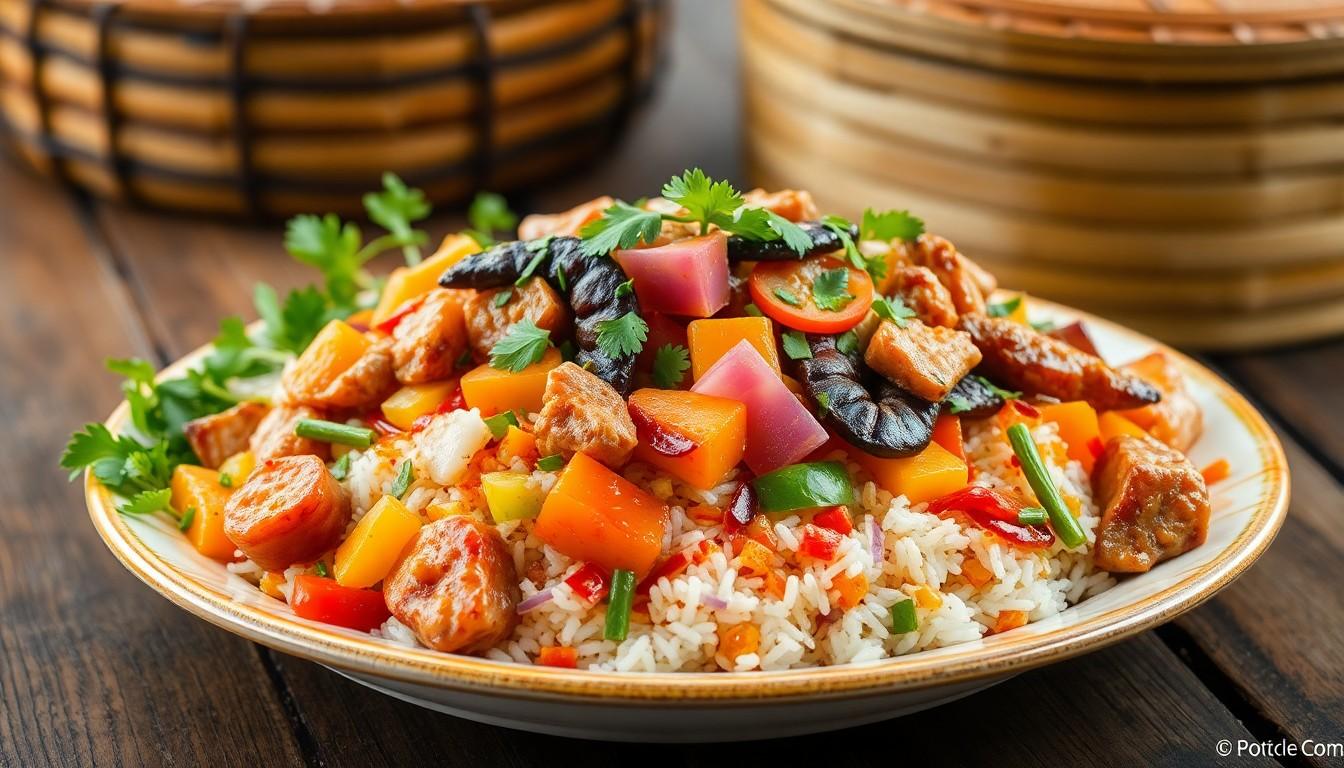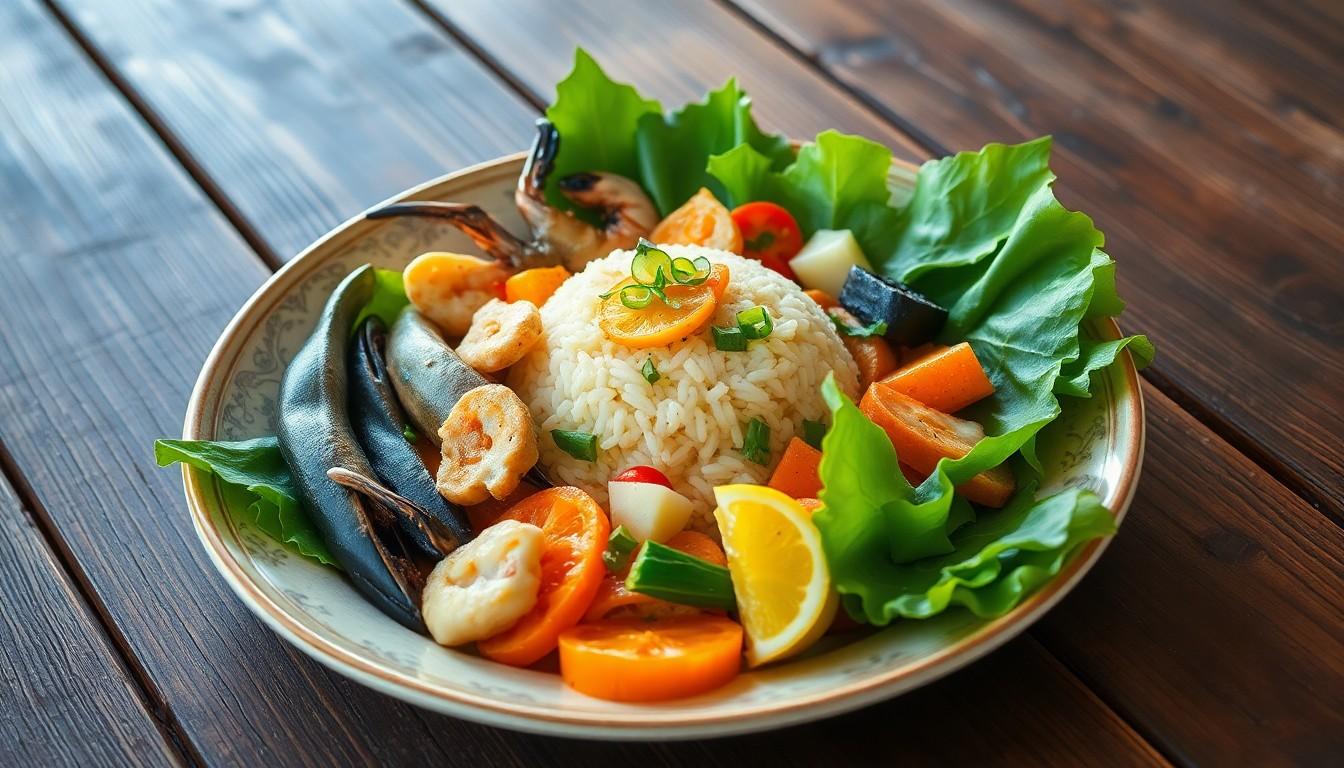Phone:
(701)814-6992
Physical address:
6296 Donnelly Plaza
Ratkeville, Bahamas.

Zunaong might sound like a trendy new dish or the latest food craze, but what if it’s actually a culinary conundrum? Imagine biting into something exotic and delicious only to wonder if you’re actually supposed to eat it. The world of food is full of surprises, and zunaong is no exception.
Curiosity piqued? You’re not alone. Many food enthusiasts are asking, “Can I eat zunaong?” This article dives into the deliciously mysterious realm of zunaong, exploring its origins, taste, and whether it’s a feast for your taste buds or a food faux pas. Get ready for a flavorful journey that’s both informative and entertaining. After all, who wouldn’t want to impress their friends with a new culinary adventure?
Zunaong represents a unique cultural dish, primarily found in certain regions. This culinary creation features a combination of local ingredients and traditional cooking methods. Its base typically includes rice, often accompanied by various meats, seafood, or vegetables. Flavoring agents such as herbs, spices, and sauces enhance its taste, making it appealing to food lovers.
Cooks prepare zunaong in a traditional way, often using clay pots or bamboo structures for steaming. This method contributes to its distinct aroma and texture, elements that have attracted the attention of gourmet chefs. Many people consider zunaong a symbol of local heritage, reflecting the rich flavors typical of its origin.
Nutrition-wise, zunaong offers a balanced profile. The inclusion of protein from meats or seafood, along with fibers from vegetables, provides essential nutrients. For those interested in trying new dishes, zunaong is a delightful option that promises a flavorful experience.
Food enthusiasts often seek out zunaong to explore its rich history and cultural significance. Shared during special occasions, it fosters community and connection. As a result, zunaong has gained popularity beyond its initial regions, creating curiosity among a broader audience.
Overall, the culinary complexity and cultural relevance of zunaong make it worthy of exploration. Taste, tradition, and nutrition intertwine, making this dish an intriguing topic for gastronomy enthusiasts.

Zunaong is not only a delight for the taste buds but also provides a notable nutritional profile. The dish contains essential nutrients that contribute to overall health.
Zunaong features various vitamins and minerals derived from its ingredients. For instance, it typically includes vegetables rich in vitamin C and vitamin A. Seafood or meats utilized in zunaong offer minerals like zinc and iron. Rice acts as a source of energy and contains B vitamins, which support metabolic processes. The combination of these components ensures that zunaong presents a diverse array of essential nutrients.
Zunaong delivers several health benefits through its balanced composition. The proteins available in meats and seafood support muscle repair and growth. Fiber from vegetables aids in digestion and maintains gut health. Additionally, the presence of vitamins and minerals encourages immune function and energy levels. Eating zunaong can enhance overall well-being, making it a worthy addition to one’s diet.
Zunaong finds its place in various culinary contexts, showcasing both traditional and modern adaptations. The dish excites culinary enthusiasts with its versatility and rich flavors.
Traditional zunaong often features a base of rice paired with local meats, seafood, and vegetables. Ingredients vary by region, incorporating herbs and spices unique to local cuisine. Cooking methods, such as steaming in clay pots or bamboo, maintain the dish’s authenticity while enhancing its flavor profile. Celebrations frequently include zunaong, symbolizing communal ties and local heritage. Family recipes often pass down through generations, preserving the traditional essence and preparation techniques.
Chefs today explore modern interpretations of zunaong, blending traditional flavors with contemporary cooking styles. Variations may include fusion ingredients, such as exotic spices or new protein sources like plant-based alternatives. Presentations of zunaong often vary, with plated servings appealing to a broader audience. Restaurants frequently feature creative twists on zunaong, sparking interest among food lovers. Accessibility of online recipes facilitates experimentation, inviting home cooks to try their versions. The evolving nature of zunaong reflects both tradition and innovation, making it a dynamic choice in today’s culinary landscape.
Understanding safety considerations is crucial when exploring zunaong. Factors like potential allergies and proper preparation can impact the dining experience.
Individuals may experience allergies when trying zunaong due to its ingredients. Seafood and certain meats often pose risks for those with specific sensitivities. Common allergens like shellfish, soy, and peanuts may appear in some zunaong variations. Carefully reviewing ingredient labels or asking about components can prevent adverse reactions. Caution is also advised for those with gluten intolerance, as rice or sauces containing gluten could be included. Always discuss any known allergies with cooks or hosts to ensure a safe dining experience.
Ensuring zunaong is prepared safely enhances its enjoyment. Wash all fresh ingredients thoroughly to remove bacteria and contaminants. Cooking seafood and meats to the recommended internal temperatures ensures safety and flavor. Using clean utensils and separate cutting boards for raw and cooked items prevents cross-contamination. Cooking zunaong in traditional clay pots or bamboo structures enhances flavor but requires proper handling. Monitor cooking times to achieve a tender texture and prevent undercooking. Lastly, let the dish cool slightly before serving to avoid burns, enhancing the overall experience.
Zunaong stands as a testament to the rich culinary traditions of its region. Its unique blend of flavors and ingredients offers a delightful experience for those willing to explore new gastronomic horizons. The dish not only satisfies the palate but also serves as a cultural emblem, celebrating community and heritage.
For anyone curious about trying zunaong, understanding its preparation and potential allergens is essential. With proper care and knowledge, this dish can be a safe and enjoyable addition to any meal. Embracing zunaong means appreciating the artistry of traditional cooking while enjoying the health benefits it provides.